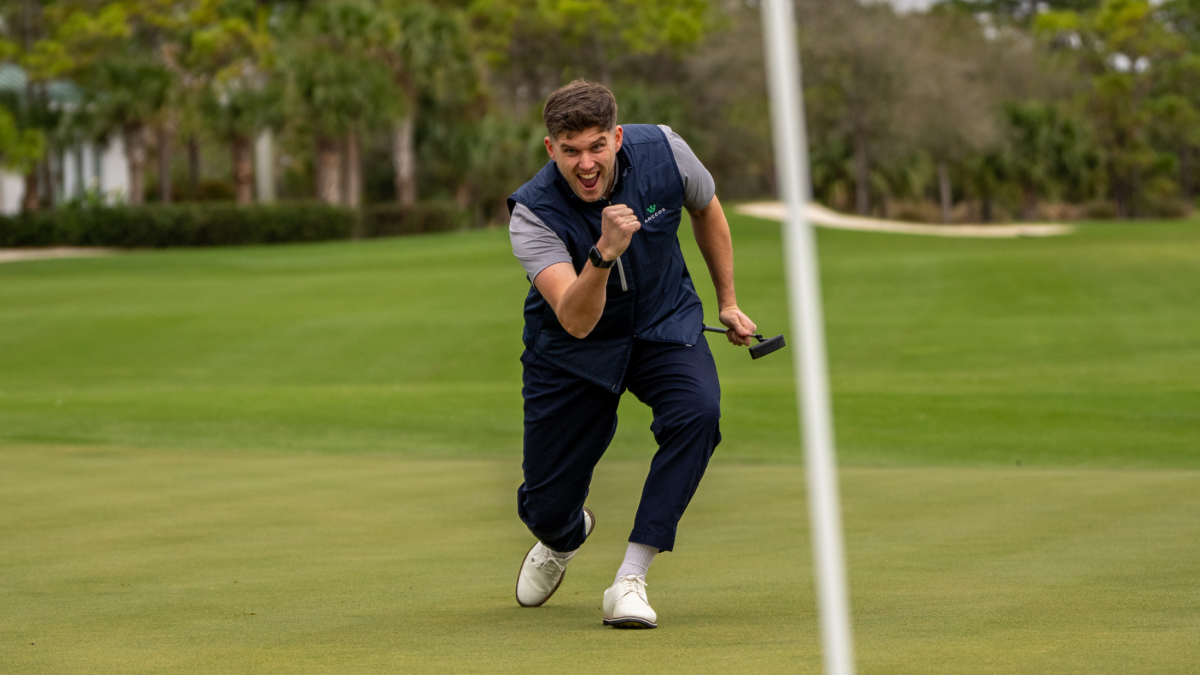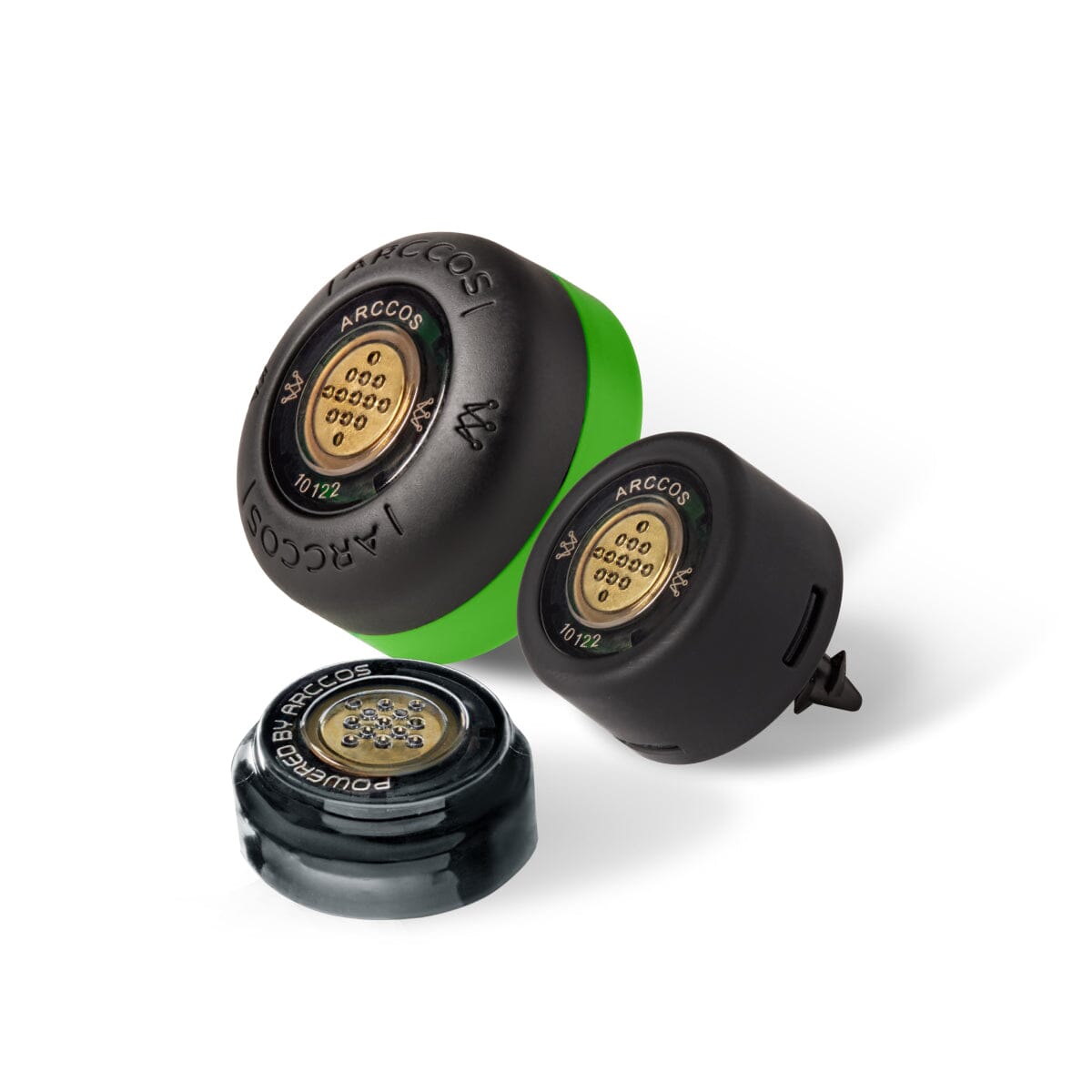
It’s that time of year again and our New Year's Resolutions are finally set. We are committed, we are confident, and we are about to play the best golf of our lives…right? After being on the nice list all 2022, we're sure Santa gave you some sweet sticks and they need to be put to the test.
One of the first (and maybe toughest) decisions that golfers have to face in 2023 will be practicing vs playing. While playing may be the more convenient and fun choice, it isn’t always the choice that allows for improvement. As much as we wish it were true, golfers don’t just magically hit more greens or make more putts the next time they tee it up. That is where practice comes in.
The beauty of practice is the monotony of repetition, building muscle memory, and doing some “hard thinking” like “are my hands in the right place,” “am I shallowing out?”, “what even is shallowing out?” Practicing allows you to figure out what feels right and what produces results before adding obstacles like bunkers and trees.
Additionally, playing doesn't always set you up to work on the things that you NEED to be working on. Intentional practice forces you to focus on specifics and spend time truly embracing changes and working towards improvement.
Yeah sure that all sounds great, but how does one KNOW when it’s time to practice? Or when it’s time to put the hard work to the test? Let’s take a quick look at an indicator: scoring.

As you tiptoe into your 2023 golf year, be sure you take some notes about last years’ stats. Case in point is our 21 handicap and her scoring analysis. The first note to make is that she struggles the further back she plays, hinting that she may want to work on distance and gaining more consistency with longer clubs.
Understanding how golfers at different skill levels are and how it relates to scoring is important. Using Arccos data, here is how various handicaps score relative to par:

Similarly to our 21 handicap, most handicaps struggle the most on par 4s with the exception of highest handicaps which struggle with the distance of par 5s. Their scoring average is the highest in relation to par, especially for mid handicaps.
Compare our 21 handicap to the chart below. 
One interesting discovery from this is that golfers don’t need to make more birdies per round to play better- they just have to get rid of big numbers. This is how golfers break 100, 90, or even 80 for the first time. Just know that with each new milestone you pass in golf, the next hurdle is a liiiittle bit more challenging, further emphasising the importance of PRACTICE.
Keep this in mind as you plan out your practice schedule for 2023. One thing to remember is that structure is key to improve so, repeat after us: plan your practices. This doesn’t necessarily mean 8 hour range sessions or clocking 40 hours per week on practice.
An example of structure and planning is giving yourself a goal during your session. So if you’re working on putting, set a goal of making 20 3 foot length putts before you move on. If you need more drills, check out our article (written by professional golfer, Liz Breed) about goal setting. Here you’ll find some drills to help with a few areas of your game.
There is no real secret to getting better at golf; it takes the combination of practicing and playing. Even though golf can contain a whole lot of luck, the old coinage goes: 'the harder you practice the luckier you'll be'. Arccos users clocked over 3.5 million rounds and over 180 million shots in 2022- we think you can take an afternoon to practice. Hit 'em straight and have a Happy New Year!
Don't have Arccos? Start understanding your golf game and lower your scores this year by purchasing our Smart Sensors.






Share:
New Year, New Golf Game Improvement with Arccos
Srixon/Cleveland Golf Announce Partnership With Arccos Golf